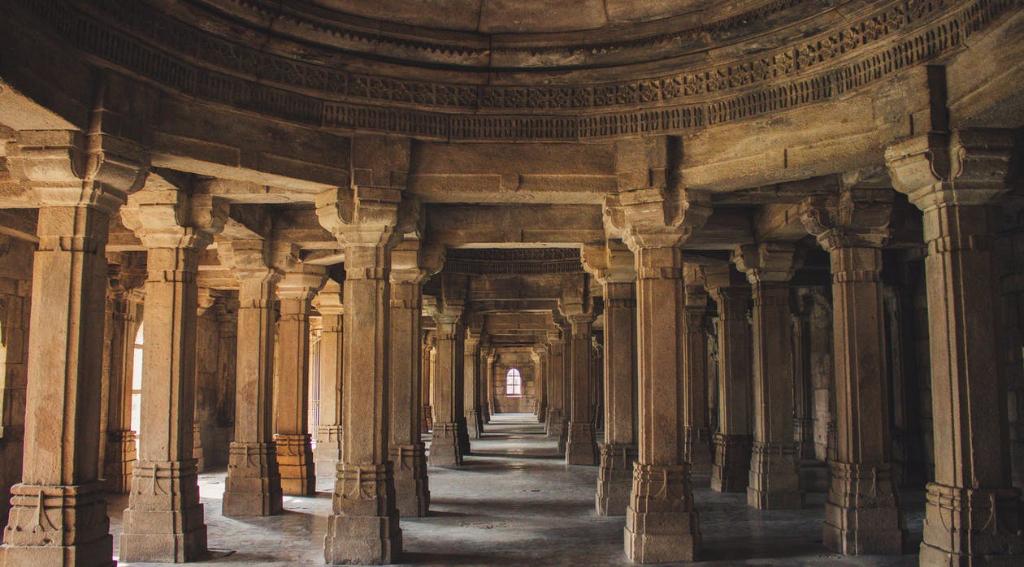
Parsi culture is well-known not just for its distinctive cuisine and clothing style, but also for its beautiful temples known as Agiyaris. As non-Parsis are not permitted to enter, people are curious about what is within. If you are also curious about what is inside a Parsi Agiyari, then you’ll surely like reading on!
Nobody knows what’s within the Parsi temple except the Parsis, and even then, there are a few stories and secrets that remain a mystery. For every one of us, Zoroastrian culture is a tremendous enigma; their stories are interesting, and we admire how deeply they are rooted in their tradition. Apart from that, Parsi temples, mansions, and heritage structures are very stunning both inside and out.
Things2do here takes you on a guided tour of what’s inside the iconic Parsi fire temples. Every Parsi temple is inspired and created in a unique manner, however, the majority of Indian Parsi temples are inspired by Persian architecture.
Today, there are three types of Fires Temples
-Atash Bahram (or Atash Behram)
-Atash Adaran – Agiary (in India) or Atashkadeh (in Iran), and
-Atash Dadgah – Darbe Meher/Dar-e-Mehr.

Source Heritage Institute
1Washbasins
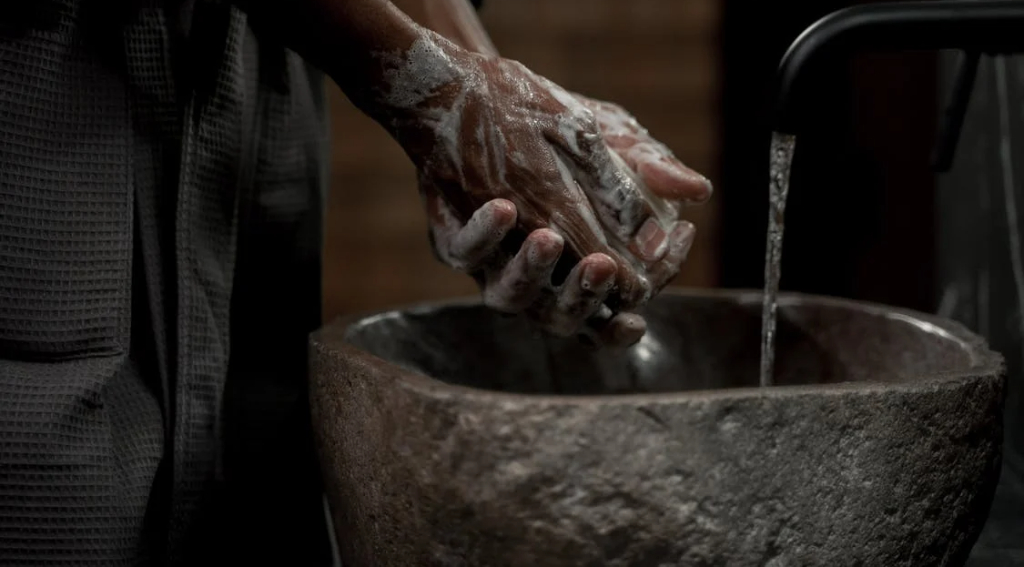
To enter a place as pure as a temple, cleanliness is essential, and Parsi temples make this a priority. Even if they have taken a bath and come to the temple, they must wash their hands and freshen themselves as they enter the agiyari. Washing one’s hands and being clean are said to indicate respect for the god and its purity.
2Kusti Room
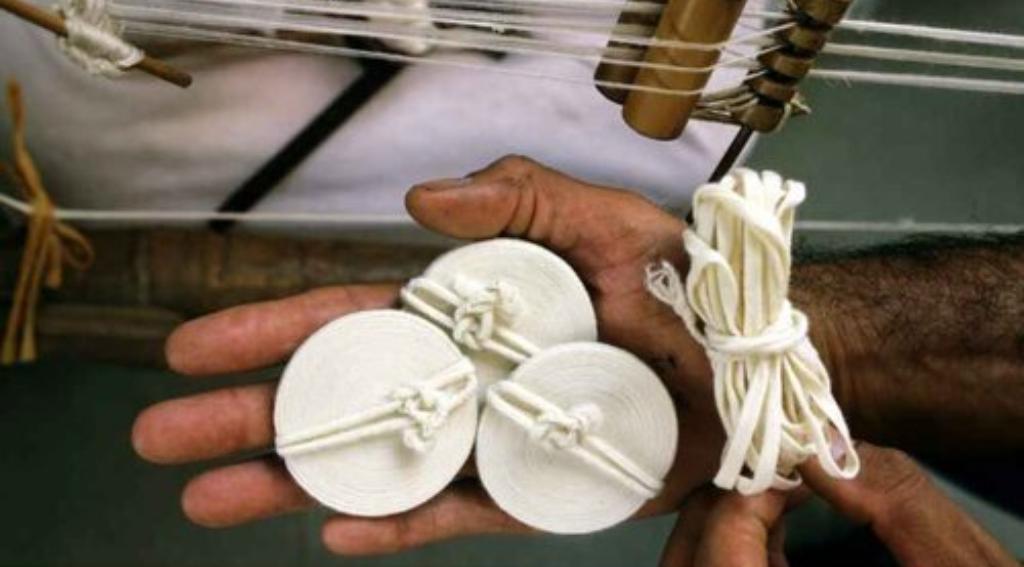
The Kusti is a thin woollen waistband that wraps 3 times around the waist and is worn over the Sadra. It is made by overlapping 72 fine strands of lamb’s wool. It was traditionally made by priestly women while conducting manthravani (sacred) chants. Wool is well-known for its natural ability to absorb and retain vibrations. Parsis worship in the Agiary while wearing the Kusti facing the sun; ladies have their own Kusti room, while men can practice in the Agiary’s outer space.
3Sandlewood (Sukad) and Diya (Divo)
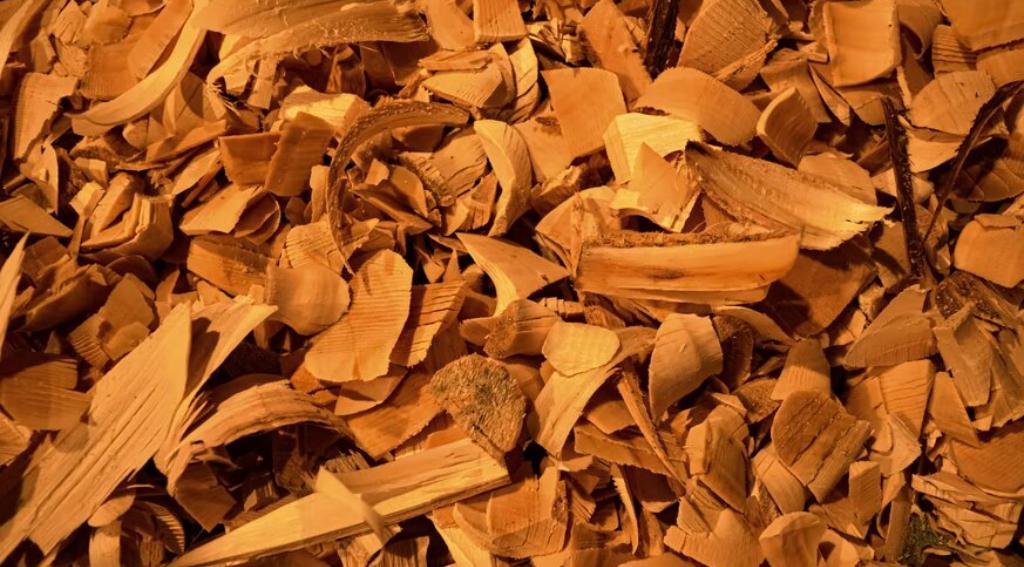
Parsis must worship the deity of fire with sandalwood and a diya made of half oil and half water after putting on the Kusti. Diya is placed on miniature pillars near the fire while praying. As for the sandalwood, worshippers can pick from the sandalwood sticks placed in little boxes and pay the money in another box kept alongside. The entire procedure is performed with trust because there is no priest to monitor it. Because every Zoroastrian is extremely dedicated and giving to all of their god’s rituals, there is no need for a single person to monitor each activity. The devotees’ sandalwood is afterward placed in the Atash (Sacred Fire) by the senior priest to keep the fire burning.
4The Sacred Fire – Atash
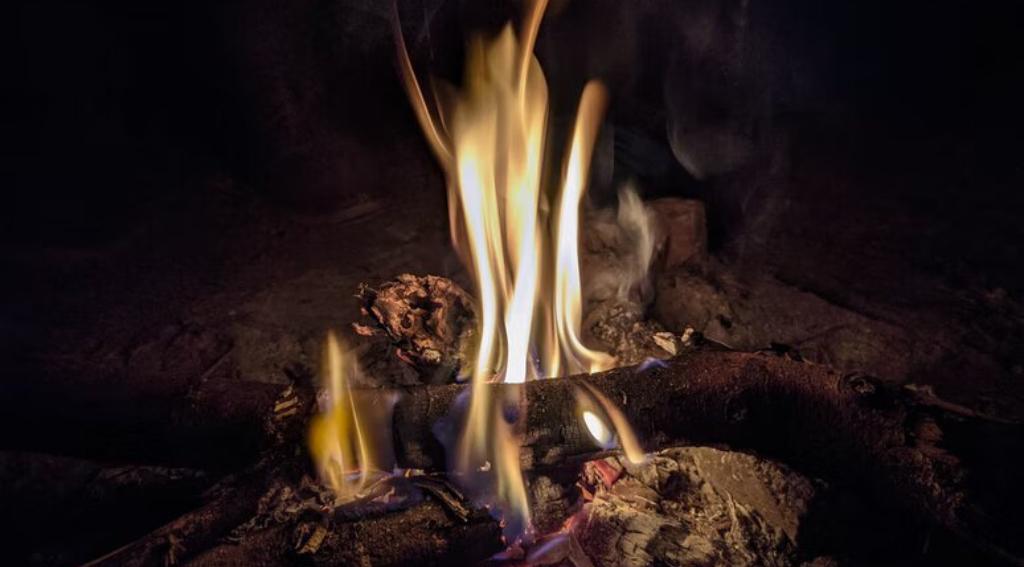
The sacred fire, Atash, is never allowed to die and is maintained by the priests. The Parsis worship fire because it depicts Ahura Mazda, their greatest god. As a sign of reverence, worshippers donate sandalwood sticks for the fire. Even when the fire temple moves, the fire must be transferred in the dead of night while still blazing in a Parsi-manned truck to minimize the risk of a non-Parsi witnessing it. The Parsis worship fire, air, water, and land, which is why they enter the Agiary barefooted. They worship air by breathing, fire through the Atash, and water by a well (Kuoh) in each agiary.
5Bookshelf and Hand Fan

Agiaris also have a bookshelf with holy books for one to sit and worship, as well as a hand fan to utilize while reading, as there are no fans or AC in the fire temples. All sacred ceremonies are held in the hallway, which has benches for sitting and holy books for praying for the priests and devotees. There are also photo frames of their idols on the walls.
6Well – Kuoh

Kuoh (well in Agiary) is often located outside the temple where all devotees worship water. They also set a Diya by the well while praying. What makes it special is that the water within is created naturally from inside the earth rather than being supplied by mankind. It is the purest and cleanest form of groundwater.
This is what a Parsi Agiary looks like from the inside, we are sure you enjoyed this virtual tour by Things2do and if you did then you must definitely read Best Parsi Bhonu Dishes to try this Parsi New Year!